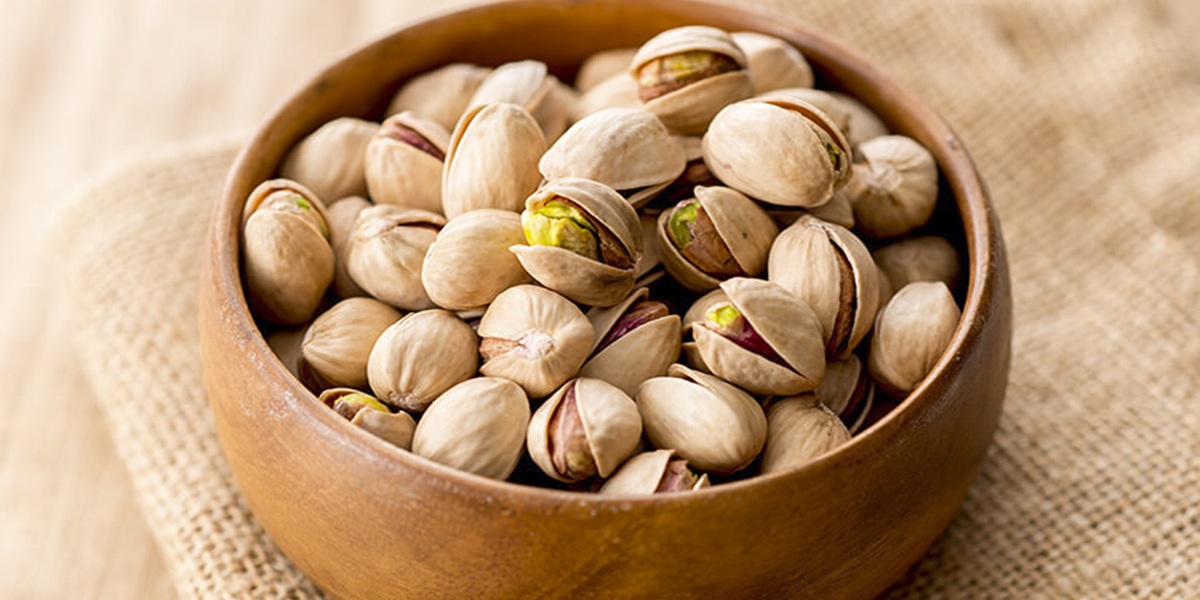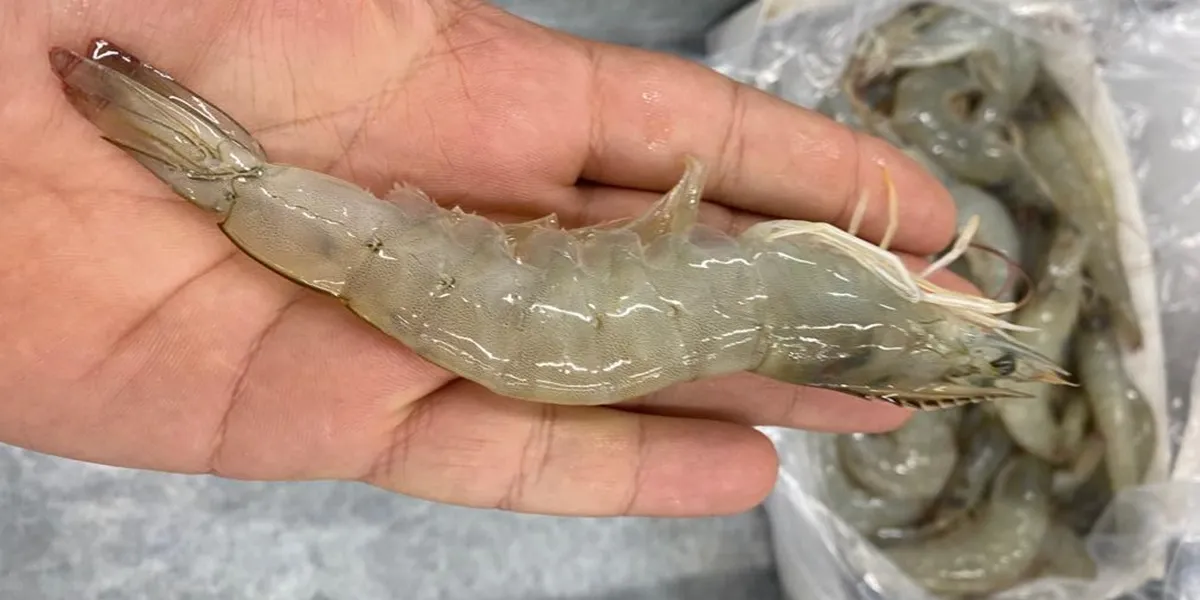Pistachios aren’t just a crunchy, delicious snack—they’re a nutritional powerhouse with proven benefits for cardiovascular health and blood pressure control. What makes them stand out from other nuts is their unique profile of heart-healthy nutrients, including potassium, magnesium, fiber, and plant-based proteins. These tiny green gems support healthy arteries, reduce inflammation, and may even improve cholesterol levels. But that’s not all—they can also help regulate blood pressure naturally, making them an ideal choice for those looking to improve their heart health without relying solely on medication. Backed by scientific research, pistachios are now recognized as a smart addition to balanced diets like DASH and Mediterranean-style eating. In this article, you’ll explore the different types of pistachios, how they support your health, and how to incorporate them into your daily routine in the most effective way possible.
Ready to take a closer look at how this supernut can improve your life? Keep reading.
Types of Pistachios: Which Varieties Offer the Most Benefits?
Pistachios come in several varieties, and while they all share similar Health Benefits, there are subtle differences in taste, texture, and nutrient density depending on the type and how they’re processed. The two most common types are Iranian (Kerman) Pistachios and California-grown (also often Kerman variety but processed differently) pistachios. Both are rich in heart-healthy fats, potassium, magnesium, and antioxidants.
Some pistachios are sold raw, while others are roasted or dry-roasted. Raw pistachios retain the most nutrients but have a milder flavor. Roasted pistachios are more flavorful, and dry-roasting helps preserve healthy oils without adding unnecessary fats. You’ll also find unshelled and shelled options—unshelled pistachios can promote mindful eating because they slow down your snacking pace.
Another important factor is whether pistachios are salted or unsalted. For individuals managing blood pressure, unsalted pistachios are highly recommended, as excess sodium can negate the benefits of this healthy nut.
Regardless of the variety, all pistachios deliver similar cardiovascular advantages when consumed in moderation. They provide fiber for gut health, antioxidants to protect blood vessels, and plant-based protein that supports muscle and metabolic health.
Understanding the types of pistachios can help you make more informed choices. By selecting varieties with minimal processing and no added salt, you’re getting the full spectrum of heart-healthy benefits pistachios offer.
How Pistachios Help Regulate Blood Pressure—According to Science
The science behind pistachios and blood pressure is compelling. Multiple clinical studies have confirmed that regular pistachio consumption can lead to modest but significant reductions in both systolic and diastolic blood pressure. This is due to their rich content of potassium, magnesium, and arginine—nutrients that play a key role in regulating vascular function.
Potassium helps counteract the effects of sodium in the body, thereby reducing fluid retention and lowering blood pressure. Magnesium supports healthy blood vessel dilation, and arginine, an amino acid found in pistachios, helps produce nitric oxide, which relaxes blood vessels and improves circulation.
In a study published in the Hypertension journal by the American Heart Association, participants who included pistachios as part of a low-calorie, heart-conscious diet saw improvements in blood pressure and vascular resistance. Other research has shown that pistachios help reduce arterial stiffness, which is a major risk factor for hypertension and heart disease.
Additionally, pistachios are rich in monounsaturated and polyunsaturated fats, which are known to lower LDL cholesterol and improve endothelial function. These combined effects create a positive feedback loop for cardiovascular health—lower cholesterol, reduced inflammation, and smoother blood flow all contribute to better blood pressure control.
By eating a moderate amount of pistachios daily—ideally unsalted and in their raw or dry-roasted form—you can support healthy blood pressure levels without medication. The key is consistency and pairing them with a nutrient-rich diet and active lifestyle.
Read more: Iranian Pistachios: The World’s Favorite Nut
The Heart-Healthy Nutrients Inside Every Pistachio
Pistachios are packed with nutrients that directly support heart and vascular health. Each small handful contains a mix of essential minerals, healthy fats, and plant-based compounds that have a significant impact on blood pressure and overall wellness.
One of the most important minerals in pistachios is potassium, which helps balance sodium levels in the body and reduces strain on blood vessels. Just a 30-gram serving of pistachios provides over 280 mg of potassium—more than many fruits and vegetables. Magnesium is another key mineral found in pistachios, helping blood vessels stay relaxed and improving the body’s ability to regulate pressure.
Pistachios are also rich in unsaturated fats, particularly monounsaturated fats, which help lower “bad” LDL cholesterol and improve arterial flexibility. These fats are vital in reducing inflammation—a core contributor to hypertension.
On the antioxidant side, pistachios are full of polyphenols and carotenoids like lutein and zeaxanthin, which protect cells from oxidative stress. These compounds support healthy blood flow and reduce the risk of plaque buildup in arteries.
Additionally, fiber and plant-based protein in pistachios contribute to weight management and metabolic health, both of which play important roles in maintaining healthy blood pressure.
By understanding the nutrient profile of pistachios, you can see why they’re more than just a snack—they’re a functional food with real cardiovascular benefits. Include them daily for long-term support in your blood pressure management plan.
How Many Pistachios Per Day? The Ideal Serving Size for Heart Health
Finding the right amount of pistachios to eat daily is essential to reap their cardiovascular benefits without overconsuming calories. According to multiple studies, a serving of 28–56 grams per day (about 1 to 2 handfuls or 49 pistachios) is the optimal range.
This serving provides enough potassium and healthy fats to support vascular function while staying within a reasonable caloric intake. Studies like the one published in Hypertension have shown that even a single serving per day can lead to measurable improvements in systolic blood pressure when part of a balanced diet.
Importantly, choose unsalted and dry-roasted pistachios whenever possible. Salted varieties can offset the sodium-potassium balance, which is crucial for people managing high blood pressure. Raw pistachios are also a great option if you prefer maximum nutrient preservation.
Spread your intake throughout the day—add them to breakfast oatmeal, enjoy as a mid-afternoon snack, or sprinkle them over salads. Regular, consistent intake is more beneficial than sporadic consumption.
Also, consider pistachios as a replacement snack instead of sugary or processed foods. This not only supports blood pressure but also improves overall dietary quality.
In summary, aim for about 1–2 ounces of pistachios daily, avoid salted versions, and combine them with a nutrient-rich, whole-food-based diet for maximum heart health.
Pistachios vs Other Nuts: Which Is Best for Blood Pressure?
Pistachios stand out among other nuts when it comes to blood pressure benefits. While almonds, walnuts, and cashews also offer heart-healthy properties, pistachios have unique advantages due to their nutrient density and specific impact on vascular health.
For instance, pistachios have higher levels of potassium per serving compared to almonds or walnuts. Potassium is crucial for blood pressure regulation, as it counteracts sodium and helps relax blood vessels. Pistachios also provide arginine, an amino acid that aids nitric oxide production and enhances blood flow.
Compared to walnuts, which are rich in omega-3s, pistachios offer a more balanced macronutrient profile for people focusing on blood pressure management. They have slightly fewer calories and more fiber per serving.
Clinical trials have shown that pistachios reduce arterial stiffness more effectively than some other nuts. Their impact on improving endothelial function (the lining of blood vessels) is also significant, making them a valuable part of a hypertensive diet.
That said, variety is still important. A mix of nuts can provide a broader range of nutrients. However, if you’re choosing just one nut to support blood pressure, pistachios offer a uniquely powerful combination of potassium, unsaturated fats, fiber, and antioxidants.
In conclusion, while all nuts have benefits, pistachios may be the top choice for blood pressure regulation based on their specific nutrient profile and clinical outcomes.
How to Add Pistachios to a Hypertension-Friendly Diet
Adding pistachios to your daily routine doesn’t require a major diet overhaul. Instead, it’s about small, smart choices that create consistent heart-health benefits over time. Here’s how to do it.
Pistachio Health Benefits: Why You Should Eat Them Daily
• Start your day with pistachios in your oatmeal, yogurt, or smoothie bowl. They add crunch, flavor, and long-lasting energy.
• For lunch, toss a handful of chopped pistachios into salads or grain bowls. They pair well with leafy greens, quinoa, and citrus dressings.
• As an afternoon snack, keep unsalted pistachios in your bag or desk drawer. This helps avoid processed snacks that spike sodium levels.
• Pistachios also work well in homemade energy bars or granola. Mix with oats, honey, and dried fruit for a heart-smart snack.
For dinner, sprinkle pistachios over roasted vegetables, mix into rice pilaf, or use them as a crust for salmon or chicken. Their flavor and texture complement savory dishes beautifully.
When integrating pistachios into a hypertension-friendly diet, make sure to:
• Stick with unsalted or lightly salted varieties.
• Combine with other low-sodium, high-fiber foods like legumes, leafy greens, and whole grains.
• Use portion control to stay within the 28–56 gram daily guideline.
In summary, pistachios are highly versatile and can fit into all meals of the day. Consistent use in a balanced, plant-focused diet enhances their blood pressure-lowering potential.
Who Should Limit Pistachio Intake? Important Considerations
Although pistachios are generally safe and beneficial for most people, there are situations where moderation or caution is necessary.
First, individuals with nut allergies must avoid pistachios completely. Even though pistachios are technically seeds, they often cause allergic reactions similar to tree nuts. Symptoms can range from mild itching to severe anaphylaxis.
Second, those who are sensitive to calorie-dense foods or managing their weight need to be mindful of serving sizes. While pistachios are healthy, consuming large quantities can lead to excess calorie intake.
People with kidney problems should consult their doctor before increasing potassium intake through pistachios, as too much potassium can be harmful in such conditions.
Another consideration is sodium. Many commercial pistachio products are heavily salted. High sodium intake can spike blood pressure, so always choose unsalted or lightly salted options.
If you’re on blood pressure or cholesterol medications, pistachios are generally safe, but it’s wise to mention any dietary changes to your doctor. While they support cardiovascular health, they shouldn’t replace prescribed treatments.
In short, pistachios are heart-healthy, but portion control and proper selection are key, especially for those with allergies, kidney concerns, or specific dietary restrictions.

Expert Recommendations: What Doctors and Dietitians Say
Cardiologists and dietitians worldwide are increasingly recommending pistachios as part of a heart-healthy, blood pressure-friendly diet. Here’s what the experts say:
The American Heart Association supports the inclusion of nuts, especially pistachios, in diets like DASH due to their proven benefits on vascular health. Dietitians recommend pistachios not just for their nutrient profile but also for their ability to promote satiety, making them ideal for weight control—which indirectly affects blood pressure.
Doctors emphasize the importance of potassium and magnesium—both of which pistachios offer abundantly. These minerals relax blood vessels and help maintain fluid balance, reducing the workload on the heart.
Nutritionists often suggest replacing processed snacks with pistachios to lower sodium intake and increase beneficial fats. Many also highlight pistachios’ antioxidant effects, which combat inflammation and support long-term heart health.
One expert strategy is to integrate pistachios into meals rather than treating them as snacks alone. This improves nutrient absorption and aligns with whole-food-based eating patterns that reduce chronic disease risks.
Ultimately, medical professionals agree: pistachios are a small dietary change that can make a big cardiovascular difference—especially when combined with lifestyle adjustments like exercise, stress management, and reducing processed foods.
Final Thoughts: A Natural Ally in Cardiovascular Health
Pistachios offer a scientifically supported, practical way to support cardiovascular health and manage blood pressure naturally. Their rich combination of potassium, antioxidants, and unsaturated fats makes them more than just a snack—they’re a powerful tool for heart protection. Whether you’re adding them to your breakfast bowl or snacking mindfully in the afternoon, pistachios fit seamlessly into a health-conscious lifestyle. They help regulate blood flow, reduce artery stiffness, and promote overall vascular wellness—all backed by research. Best of all, they’re easy to enjoy and accessible to almost everyone. If you’re looking for a natural, delicious way to support your blood pressure and heart health, pistachios are a smart and satisfying choice.
FAQs
1. Can pistachios replace blood pressure medication?
No. Pistachios support healthy blood pressure but should not replace prescribed medications. They work best alongside medical treatment and lifestyle changes.
2. Are salted pistachios harmful?
Yes, if you’re watching your blood pressure. Salted pistachios can increase sodium intake, counteracting their natural benefits. Always opt for unsalted versions.
3. How long does it take to see results?
Some studies show improvements within 4–6 weeks of daily consumption, especially when part of a heart-healthy diet like DASH or Mediterranean plans.
4. Can pistachios be eaten at night?
Yes. They’re a good source of protein and fiber, which support satiety and stable blood sugar—ideal for nighttime snacking.
5. Is it safe to eat pistachios daily?
Absolutely—when eaten in moderation (28–56 grams per day). Daily consumption offers consistent benefits for heart and vascular health.
6. What’s the best way to eat pistachios for blood pressure?
Incorporate them into balanced meals, choose unsalted types, and avoid deep-fried or overly processed forms.




